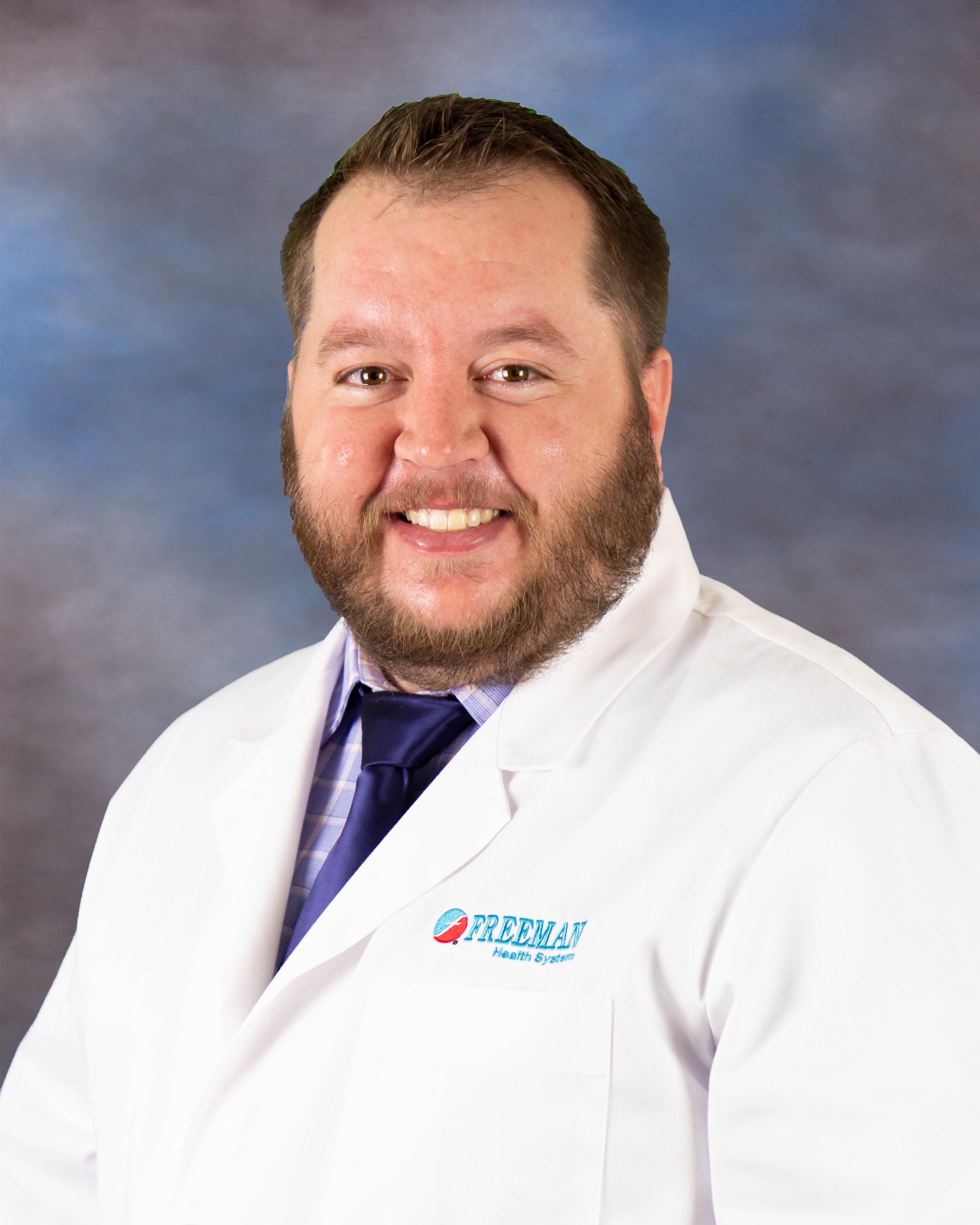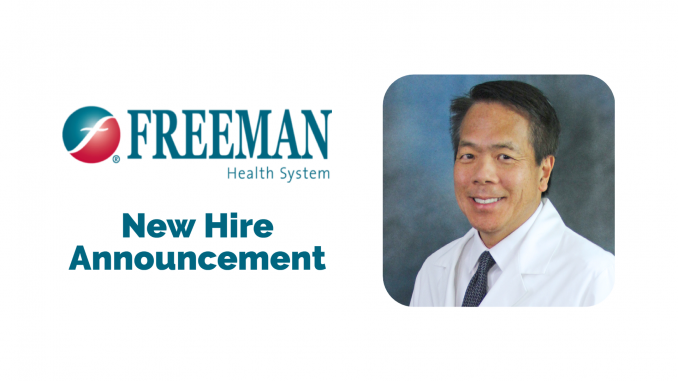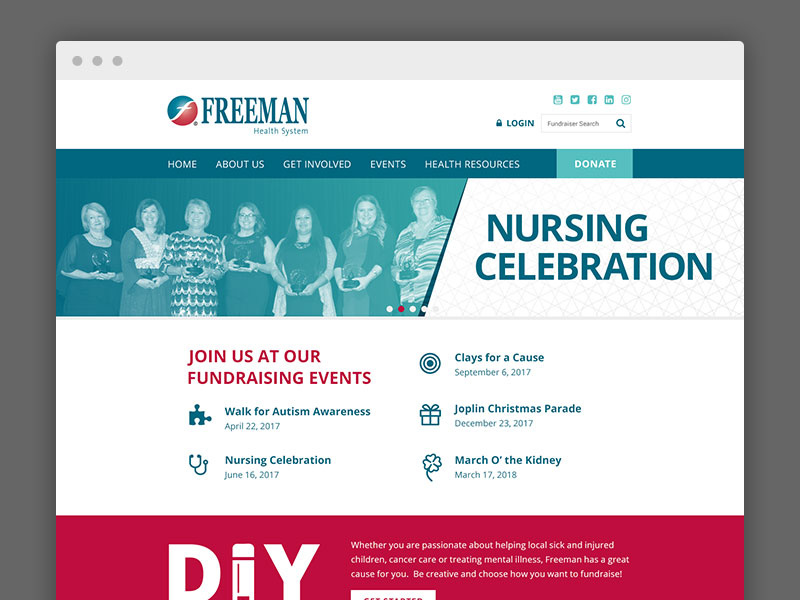
It immediately knows who they are, their role, what patients they are assigned to, what lab results they need to see and other members of the patient care teams,” he added. “Currently, nursing staff use shared devices they come to a central location, pick up a device and log into it. There is virtually no training required so the staff is using the tool productively in a matter of minutes. “If I had to describe the tool in a word, I would say efficiency, the tool integrates into the everyday activities so easily.

“The beauty of the tool is the ease of use and versatility,” Rollins said. In phase II, the health system will extend the use of the tool to several non-nursing departments like lab, radiology and others. There is a variety of care coordination and communication systems on the health IT market today, with vendors including DocbookMD, Halo Communications, Imprivata, Klara, Lua, QliqSOFT, Spok, Telmediq, TigerConnect, Voalte and Vocera.Ĭurrently, the care collaboration and communication technology is primarily used by nurses, physicians and nurse practitioners. The collaboration and communication tool has allowed Freeman Health to improve workflow and communication using the mobile devices to allow access to real-time patient list, real-time patient assignments, real-time laboratory results with alerts to staff, secure texting with pictures such as EKG, one-touch access to a directory of all users, one-touch access to patient care teams, and a provider/patient list.

This has resulted in us leveraging native capabilities like notifications from other applications.” We continue to press our vendors to provide mobile capabilities for their products. “We believe our patients will participate in their ongoing care using mobile technology. “We also believe, in the future, we will have a more dynamic experience with the patients,” he predicted. "It immediately knows who they are, their role, what patients they are assigned to, what lab results they need to see and other members of the patient care teams." As EHRs evolve, Freeman Health continues to see the EHR vendors leverage the capabilities in mobile devices, and the health system is betting on that evolution by investing in tools like Mobile Heartbeat, Rollins said. These are nursing, physician and other provider tools they use in the course of their day.”Įventually, the health system wants to remove the need to use terminals or carts to receive or send information to the EHR. “This approach allows Freeman to integrate other tools onto the platform. “We chose Mobile Heartbeat because of their open platform approach to the tool,” Rollins explained. “Skip” Rollins, Freeman Health System’s chief information officer. “The Freeman strategy was to use mobile technology to facilitate better communications between caregivers, which would in turn create better patient experiences as well as better patient care,” said Leonard T. And Freeman Health insisted Mobile Heartbeat integrate with the Freeman Active Directory. It is a mobile platform for launch points to other mobile applications. The vendor’s MH-CURE application is a secure texting and communication solution for nurse-to-nurse, provider-to-provider and nurse-to-provider communications. So the health system turned to the Mobile Heartbeat clinical communication and collaboration platform. And the current electronic health record did not have a mobile platform, which forced use of a terminal or mobile cart for patient information. Staff assignment/care team information was not easily accessible. Nurse-to-nurse and nurse-to-physician communications was difficult and time-consuming.ĭifficult communication included looking for provider numbers and dialing, no corporate directory on phones, and looking for who is assigned to which patient. Most staffers did not like using their personal phones for hospital business.

Freeman Health System in Joplin, Missouri, was experiencing low compliance with its existing secure texting system.


 0 kommentar(er)
0 kommentar(er)
